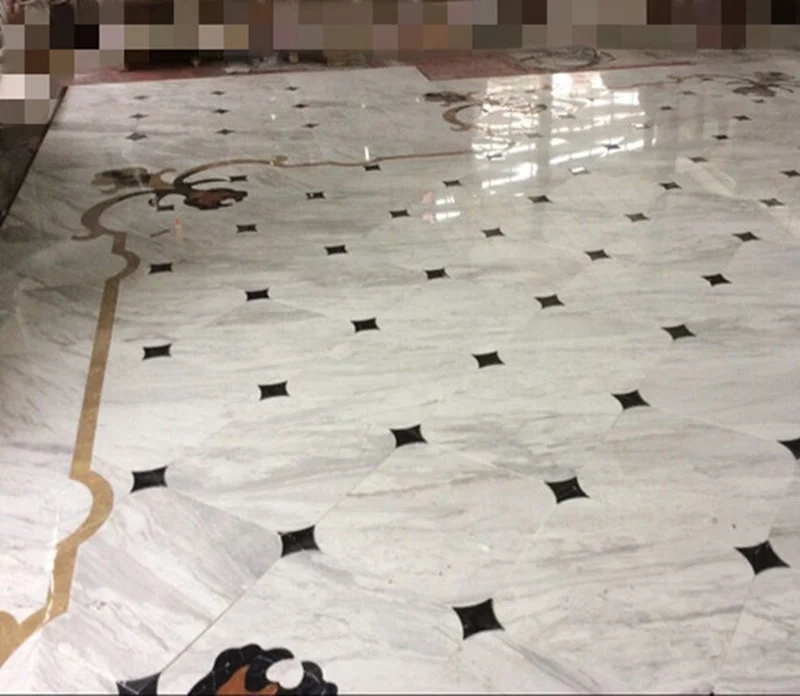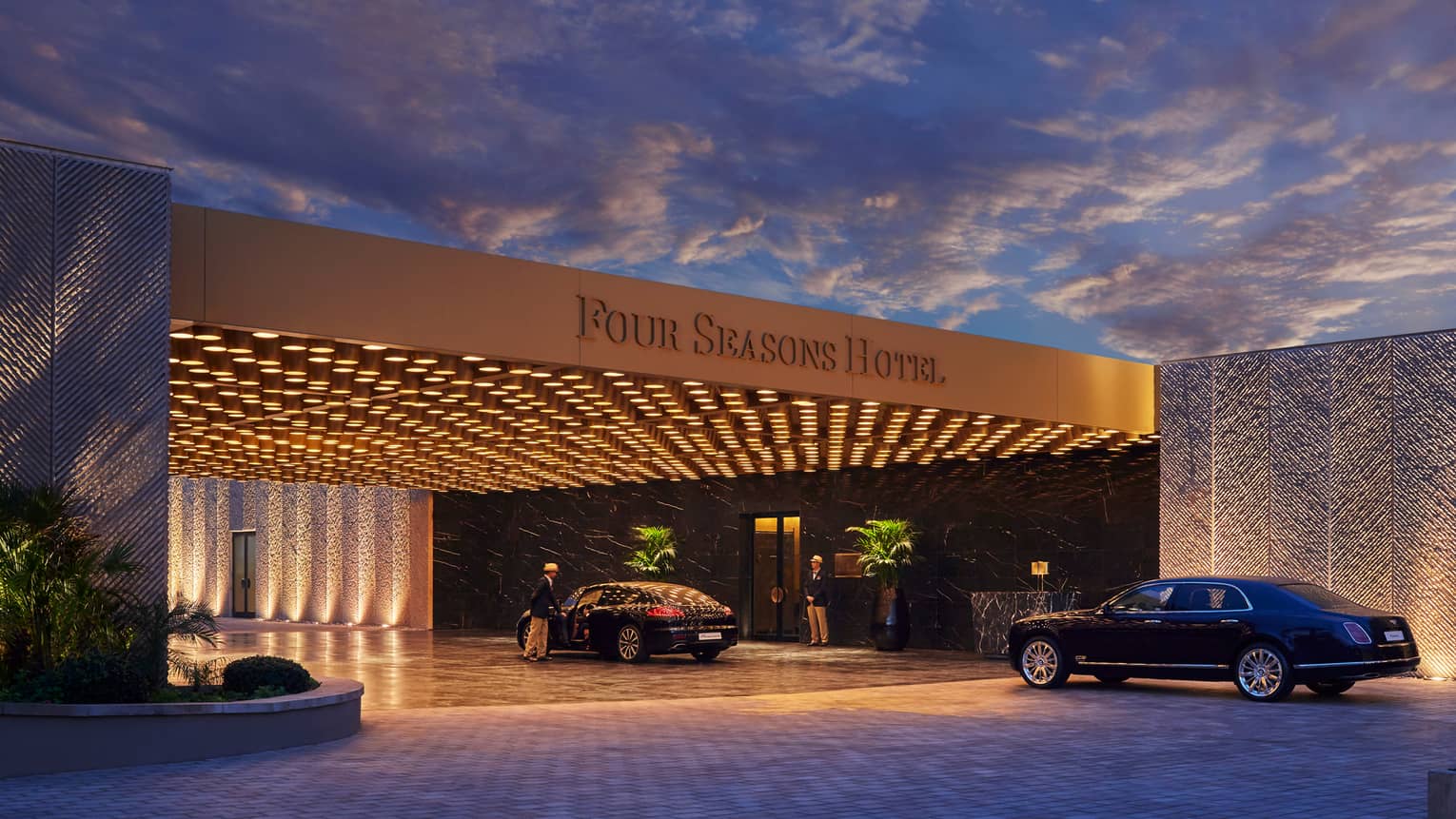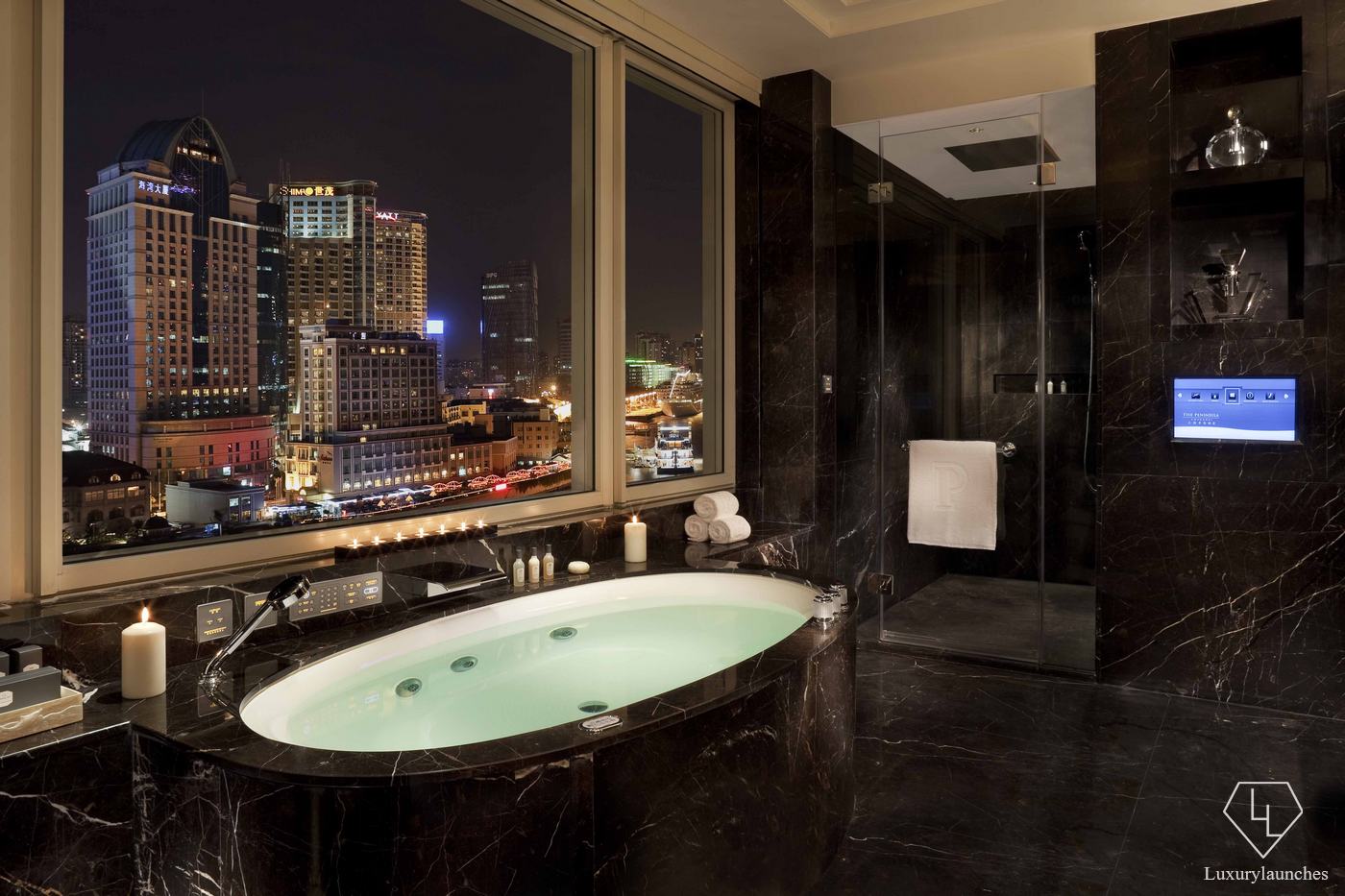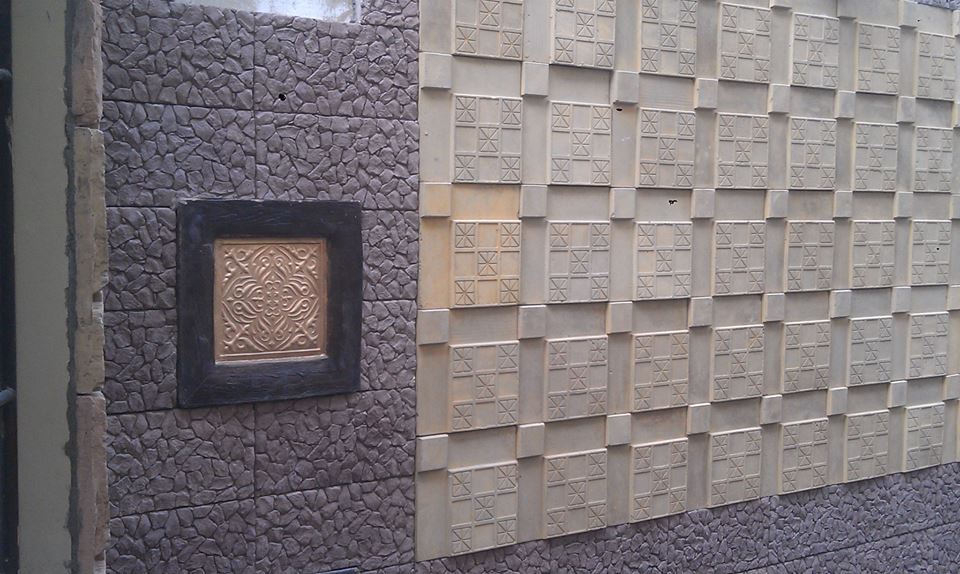It also points out to what you are able to do to generate that product stronger. An extremely polished marble floor is quite simple to mark with scraping, so with the long term you will start to see that flooring starts to get quite marred from constant use. Marble cleaning will be an easy process if you have been doing it consistently.
Fancy Marble Floors

Early Roman structures, built in marble, are classical cases of charm as well as royalty. For females who actually like to keep their working as well as living areas fresh marble floor surfaces has hypoallergenic properties. Since marble is an all natural content is will resist stains exceptionally well. You are able to likewise use a specific material called chamois to mop the flooring of yours.
46+ Unique Marble Flooring Inspiration – elsesun.com/ideas

You also have to sweep and vacuum the floor as frequently as possibly to get rid of the loose dirt on your own marble tiles' surface area. You won't ever need to seek expert help to revive the marble floor of yours if you follow a few directions. Marble flooring designs include tiles of different sizes as well as styles. And that speaks not only of the effectiveness of the task as well as money which is able to be saved out of it but likewise of the safety that it can bring to the family of yours.
Floor & Decor has everything your home needs to be fabulous! This marble style flooring would

What is the best marble I can use for flooring? – Quora
Marble Flooring Design Archives – Marvelous Marble Design Inc. Marble flooring design, Floor

MARBLE FLOORING DESIGN FOR HOME DECOR Picture design, Marble flooring design, Design

Pin on MyOFFICE

FlooringAbiilaika.: Marble Floor Style and Pictures

Marble Floor Design New : Modern Waterjet Marble Floor Design Pattern Tiles From China

Marble kItchen Island – Traditional – kitchen – West End Cabinet Company

54 best images about Natural Stone on Pinterest

Luxury Hotel Photos & Videos Four Seasons Casablanca

HDR Panorama 174, Fancy Hallway A, HDRi light probe

25 coolest hotel bathrooms in the world (2016)

Buy Marble Concrete Face Wall Tiles Shop Online in Pakistan

Related Posts:
- Marble Floor Care And Cleaning
- Marble Flooring Edmonton
- Can You Change The Color Of Marble Floors
- Cappuccino Polished Marble Floor Tiles
- How To Make Marble Floors Shine Again
- Italian Marble Flooring Designs Pictures
- Pictures Of Marble Floors
- Diamond Pads For Marble Floors
- Best Vacuum Cleaner For Marble Floors
- How To Bring Shine Back To Marble Floor